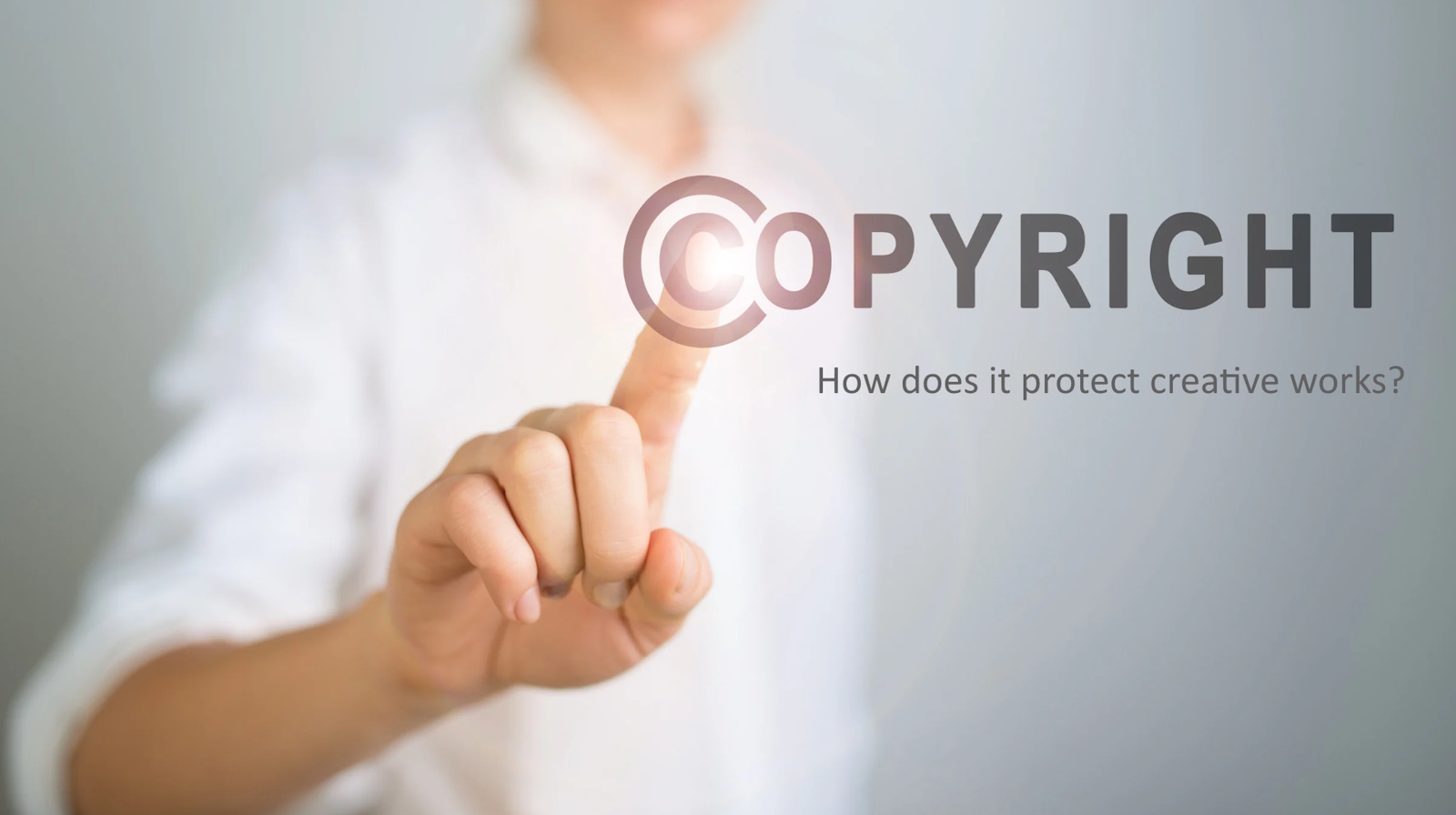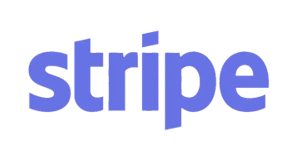What is Copyright?
Copyright is a fundamental legal framework designed to protect the rights of creators over their original works. This protection extends across a variety of creative outputs, including literature, music, visual arts, and software. The concept of copyright has its roots in the early days of the printing press and evolved through various legal systems to become a recognized norm across the globe. Its significance lies in its ability to grant authors and artists exclusive rights for a defined period, ensuring they can control the use and distribution of their creations.
The primary purpose of copyright is to incentivize creativity. By providing legal protection, copyright encourages individuals to pursue their talents without the fear of unauthorized reproduction or distribution of their works. This exclusivity not only allows creators to derive economic benefits from their efforts but also fosters an environment where innovation and artistic expression can flourish. Copyright serves as a safeguard, ensuring that the original creators maintain control while also facilitating the sharing of knowledge and culture, supporting societal advancement.
Under copyright law, a diverse range of works is eligible for protection, including books, films, paintings, music compositions, and even programming code. However, it is pertinent to note that not all ideas or concepts can be copyrighted — only the expression of those ideas in a tangible medium qualifies for protection. As digital technology advances, discussions surrounding copyright have become increasingly complex, especially regarding online content and the implications of copyright infringement in a globalized digital landscape.
In conclusion, understanding copyright is crucial for anyone involved in creative industries, as it safeguards the intellectual property that defines their work. With clear guidelines on what can be protected and the rights afforded to creators, copyright remains a vital instrument in promoting and nurturing creativity worldwide.
The Scope of Copyright Protection
Copyright protection serves as a critical legal framework that upholds the rights of creators, ensuring that their original works are both safeguarded and respected. When a creator secures copyright for their work, they are granted exclusive rights which include the right to reproduce, distribute, perform, and display the work publicly. These rights empower copyright holders to control how their creative expressions are utilized, allowing them to profit from their intellectual contributions while preventing unauthorized use by others.
The right to reproduce allows the copyright holder to make copies of the work in various formats, serving as a foundation for potential commercial exploitation. The distribution right, meanwhile, permits the copyright owner to disseminate the work through sales or transfers, ensuring they retain a share of the profits generated from their creation. Furthermore, the rights to perform and display a work fully recognize the significance of public engagement with creative outputs, necessitating consent from the owner for any such activity.
While copyright provides robust protections, it is essential to recognize the limitations and exceptions inherent in the system. Fair use is a notable exception that enables individuals to use copyrighted materials without authorization under specific circumstances, such as criticism, commentary, news reporting, research, or teaching. This doctrine aims to balance the interests of creators with the public’s need to access information and ideas. Moreover, works that fall into the public domain are free from copyright restrictions, allowing anyone to use, modify, or distribute them without seeking permission. Understanding the scope of copyright protection, alongside its exceptions, is vital for navigating the complexities of creative ownership and promoting a culture of innovation while respecting intellectual property rights.

How does it protect creative works?
Copyright serves as a crucial mechanism for the protection of creative works, ensuring that individuals and organizations can safeguard their intellectual property. Establishing copyright protection commences with the registration process, which varies by jurisdiction. In many regions, registration is not mandatory for copyright protection; however, it provides significant advantages, including the ability to initiate legal action against infringement and the presumption of validity in court. Registration involves submitting a completed application along with a deposit of the work to the appropriate copyright office.
Enforcement options for copyright owners primarily include monitoring the use of their work and pursuing legal action if infringement occurs. Copyright holders can resort to several legal remedies in the event of unauthorized use of their creations. These remedies may include monetary damages, which compensate for losses suffered, and injunctive relief, which seeks to prevent further infringement. In instances where infringement is willful, statutory damages may also apply, allowing copyright owners to recover higher amounts without the need to prove actual damages.
Real-world examples of copyright disputes illustrate the outcomes of these enforcement mechanisms. Cases like the “Bridgeport Music v. Dimension Films” decision highlight how courts interpret copyright laws and the implications for artists and creators. In this case, the court ruled in favor of the copyright holder, emphasizing the importance of protecting original works from unauthorized derivatives or use. Another prominent case, “Harper & Row Publishers v. Nation Enterprises,” focused on the balance between fair use and copyright protection, ultimately reinforcing the notion that unauthorized publication infringes on authors’ rights.
Through robust enforcement mechanisms, copyright law not only protects the rights of creators but also fosters an environment where creativity and innovation can thrive, underpinning the importance of understanding and navigating copyright in today’s creative landscape.
The Future of Copyright in the Digital Age
The rapid evolution of digital technologies and the ubiquitous nature of the Internet have significantly transformed the landscape of copyright protection. In this era, creative works are increasingly disseminated online, leading to a host of new challenges that traditional copyright frameworks are often ill-equipped to address. One of the most pressing issues is the rise of online content sharing platforms, which facilitate widespread access to creative works, but also raise concerns about piracy and unauthorized reproduction.
Digital piracy has become a major concern for content creators and industries alike. The proliferation of peer-to-peer file sharing, streaming services, and social media networks has made it easier for individuals to share copyrighted material without proper licenses or permissions. This poses a significant threat to the economic viability of many creators and industries that depend on copyright protection for their livelihoods. Consequently, the adaptation of existing copyright laws to better address these digital challenges is of paramount importance.
Moreover, the role of Digital Rights Management (DRM) has surged in significance as a tool designed to protect against unauthorized access and distribution of digital content. DRM technologies enable content creators and copyright holders to control how their works are used, making it difficult for users to share or copy their materials without permission. However, the effectiveness of DRM can also spark debates regarding user rights and the fairness of restrictions placed on consumers who have purchased digital works.
As technological advancements continue to reshape creative industries, copyright law must evolve to balance the interests of creators while adapting to new distribution models. Future legislative efforts may focus on strengthening protections against infringement while fostering an environment that encourages innovation and creativity in the digital realm. This balance will be crucial to ensure that intellectual property rights remain relevant in an era of rapid digital transformation.



